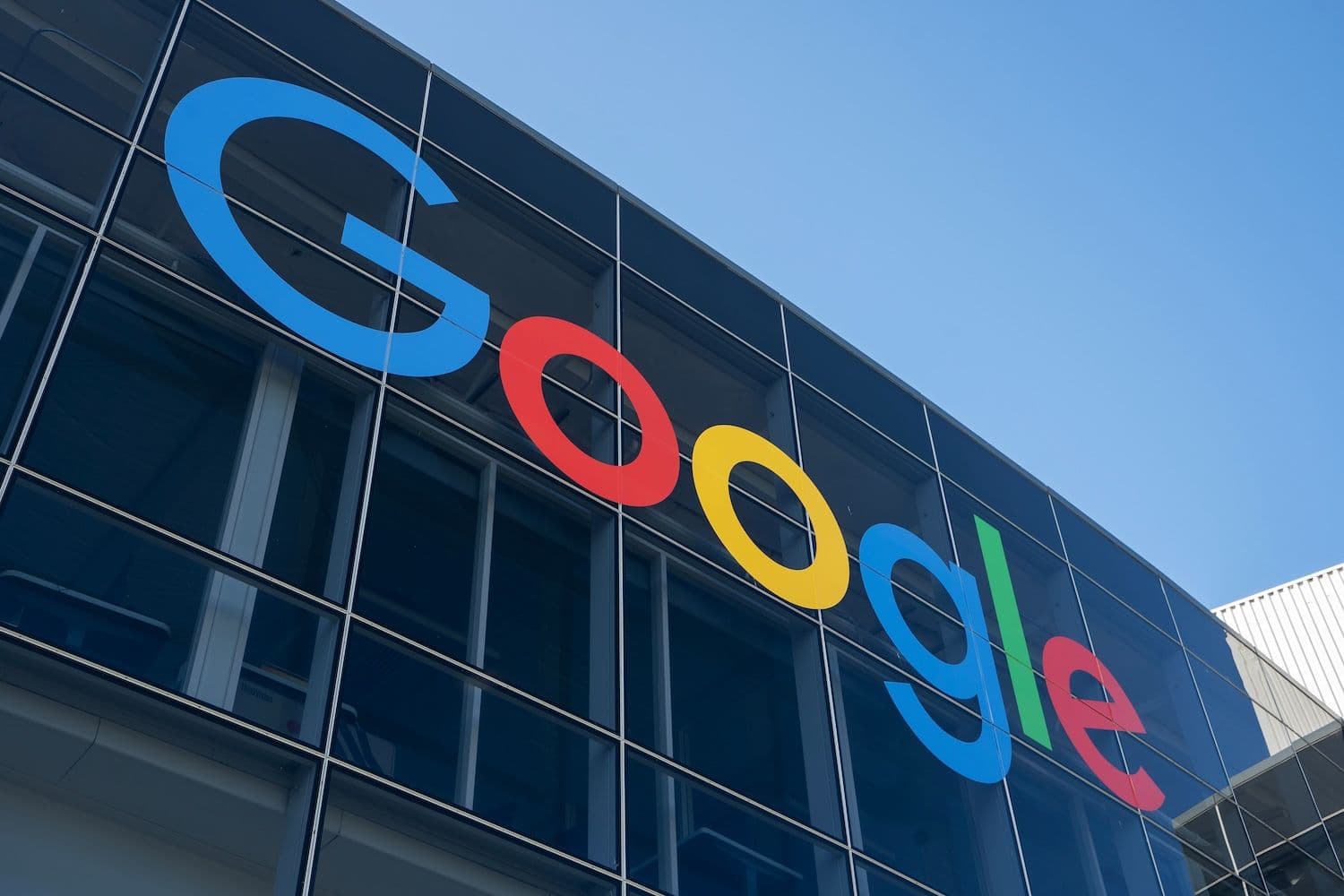Google Cloud is accelerating development of its own layer-1 blockchain network, positioning the platform as neutral infrastructure for global finance as competitors like Stripe and Circle build their own distributed ledgers. Rich Widmann, Google's head of Web3 strategy, revealed new details about the Google Cloud Universal Ledger (GCUL) in a Tuesday LinkedIn post, describing it as a credibly neutral, high-performance blockchain designed specifically for institutional use.
What to Know:
- Google's blockchain supports Python-based smart contracts to make development more accessible to financial engineers and institutions
- The Universal Ledger aims to serve as neutral infrastructure that competitors can use without strengthening rivals, unlike Stripe's Tempo or Circle's Arc
- CME Group has completed initial integration testing, with broader market participant testing planned for later this year and full services launching in 2026
Google's Neutral Approach Sets It Apart
The Universal Ledger represents Google's bid to create shared financial infrastructure that any institution can adopt. Widmann argued that while payment companies might hesitate to build on competitors' platforms, Google's neutral positioning removes those barriers. "Any financial institution can build with GCUL," he stated, contrasting this with potential reluctance by firms like Tether to use Circle's blockchain or Adyen to adopt Stripe's infrastructure.
This approach differs markedly from other major technology companies entering the blockchain space.
Stripe's Tempo project extends the company's existing payment infrastructure into a vertically controlled chain, leveraging its merchant relationships. Circle's Arc places its USDC stablecoin at the system's core, using it as native fuel while promising rapid settlement with built-in currency exchange capabilities.
Google's strategy focuses on programmability through Python-based smart contracts and institutional-grade tokenization. The company emphasizes accessibility for developers and financial engineers who may not be familiar with traditional blockchain programming languages. This technical choice reflects Google's broader cloud computing expertise and its understanding of enterprise development needs.
Timeline and Distribution Strategies
The three major blockchain projects operate on different schedules that reflect their respective market positions. Circle has already begun piloting Arc with select partners, while Stripe targets a 2025 launch for Tempo. Google and CME Group have completed initial GCUL integration, with broader testing scheduled for later this year and full services expected in 2026.
Each company brings distinct distribution advantages to their blockchain efforts.
Stripe can leverage more than $1 trillion in annual merchant payment flows to drive adoption. Circle counts on USDC's global footprint and existing liquidity integrations across cryptocurrency exchanges and financial platforms.
Google's distribution story centers on its cloud platform's reach and the promise of scaling infrastructure that can support billions of users and hundreds of institutions simultaneously. The company's existing relationships with enterprise clients provide a natural pathway for GCUL adoption across traditional finance.
CME Partnership Signals Institutional Focus
Google's collaboration with CME Group underscores the institutional nature of its blockchain ambitions. The partnership, announced in March, positions GCUL as programmable distributed ledger infrastructure tailored for wholesale payments and asset tokenization. CME Group completed the first phase of integration and testing, describing the technology as potentially transformative for collateral management, settlement processes, and fee payments in markets increasingly operating around the clock.
CME Chairman and CEO Terry Duffy emphasized the project's alignment with regulatory developments. "As the President and new Administration have encouraged Congress to create landmark legislation for common-sense market structure, we are pleased to partner with Google Cloud to enable innovative solutions for low-cost, digital transfer of value," he said.
The partnership suggests GCUL could deliver significant efficiencies across core market functions, including margin and collateral management.
These improvements become increasingly important as financial markets move toward continuous trading cycles that demand faster settlement and more flexible infrastructure.
Understanding Key Blockchain Terms
Layer-1 blockchains serve as the foundational infrastructure for cryptocurrency networks, handling all transactions and smart contract execution directly. Unlike layer-2 solutions that build on existing blockchains, layer-1 networks operate independently with their own consensus mechanisms and security protocols.
Smart contracts are self-executing programs that automatically enforce agreement terms when predetermined conditions are met. Traditional blockchain smart contracts often require specialized programming languages, but Google's Python-based approach aims to lower barriers for mainstream developers.
Tokenization refers to converting real-world assets into digital tokens that can be traded and managed on blockchain networks. This process enables fractional ownership, improved liquidity, and automated compliance for assets ranging from real estate to commodities.
Competitive Landscape Intensifies
The entry of major technology companies into blockchain infrastructure reflects growing competition to define next-generation financial settlement systems. Google's positioning of GCUL against Stripe's Tempo and Circle's Arc signals that this competition is accelerating across multiple fronts.
Technical details about GCUL's architecture remain limited, though Widmann promised more information in coming months.
The company presents the Universal Ledger as foundation infrastructure for global-scale payments, institutional tokenization, and continuous capital markets operations.
Market participants will likely evaluate these competing platforms based on neutrality, technical capabilities, and existing ecosystem relationships. Google's cloud computing expertise and enterprise relationships provide advantages, but success will depend on actual adoption by financial institutions and their willingness to build on Google's infrastructure.
Closing Thoughts
Google's Universal Ledger represents a significant bet on neutral blockchain infrastructure for institutional finance. With CME Group testing underway and broader market participant trials planned for late 2024, the platform's real-world performance will soon face scrutiny from traditional finance players increasingly interested in blockchain technology.

